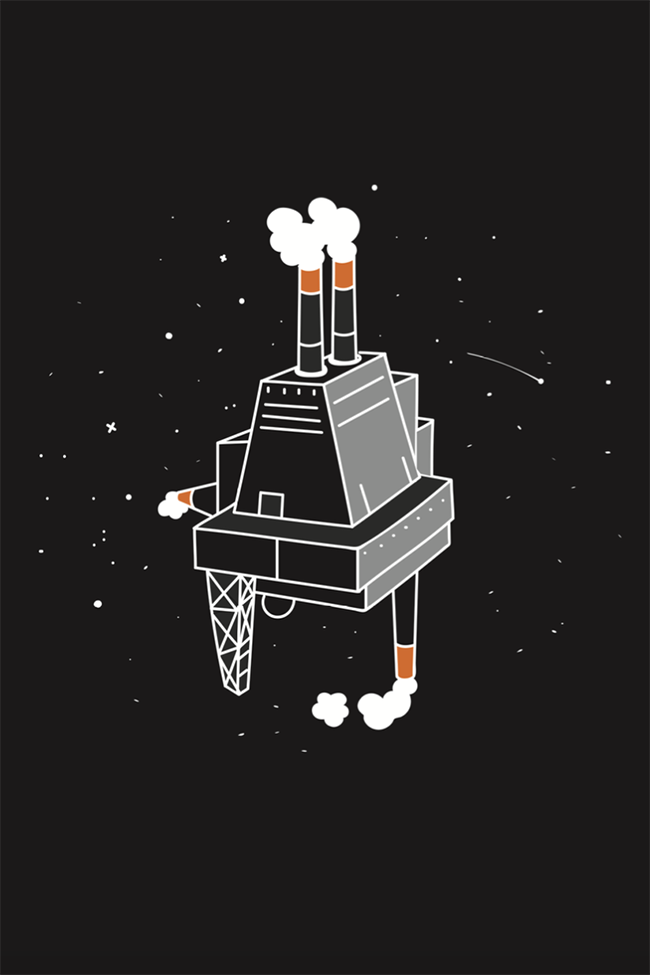ZEITGUIDE TO TRASH

Anyone who has taken on his or her spring cleaning already has surely had this thought: Where did all this stuff come from?
A look at the state of our planet engenders the same question:
—Since 1950, of the 9.2 billion tons of plastic products humans have produced, about 6.3 billion was never reused or properly disposed of. That means it is out there in the world, likely floating somewhere in the ocean or breaking down into indiscernible “microplastics.”
—About half of that plastic has been produced in just the last 15 years. Currently, we’re churning out more than 448 million tons of plastic each year, 40 percent of which is meant for a single time, disposable use.
The most visually compelling example of just how big a mess we’re dealing with is the Great Pacific Garbage Patch, a floating island of junk in the Pacific Ocean that is now three times the size of France (617,800 square miles and growing).
One factor adding to the trash problem is increased use of disposable plastic in developing Asian nations that lack robust waste management systems. Of the entire world’s mismanaged plastic, half comes from five countries: China, Indonesia, the Philippines, Vietnam and Sri Lanka. Global brands have made inroads in these markets by offering their products in single-serve packages, making them more affordable for many consumers in these countries. But that also makes for a lot more waste.
More developed countries have done their part to add to the mess too. In response, national, state and local governments have imposed bans or special taxes on wasteful products like shopping bags and straws. But cutbacks from particular sources of waste have been met by increased demand created by factors like increased ecommerce. The boxes, bubble wrap and plastic sleeves on your online purchases need to end up somewhere.
Even well-meaning folks in the U.S. who take the time to sort their recycling may not be doing much to assuage the problem. Prices for recyclable scrap have collapsed, and China, once a major importer of the U.S.’s recycled material, no longer wants the stuff. As a result, more recyclables are trucked off to landfills. If new markets for recycled materials fail to emerge, it may mark the end of recycling as we know it.
So, what can be done about it?
—The most immediate thing is to cut your own use of disposables.That can be as simple as bringing your own bags to the grocery store or using a refillable water bottle and/or reusable metal straws. Compost your food scraps to lessen the burden on landfills.
—Companies that truly want to embrace a moniker of being environmentally responsible should consider ways to limit packaging or use more biodegradable alternatives.
—For governments, there’s more that can be done to ensure waste is disposed of responsibly. Even a landfill is a superior alternative to our waste ending up in the ocean.
Ultimately, the dream is to move away from a disposable to a circular economy, one where everything produced can be reused, repurposed or disposed of in a planet friendly manner. How we get there remains a question, but one thing is for sure: we will all have to pitch in if we want this dream to work.
Want to learn more about ongoing business and cultural transformation?
#GetSmartQuick with ZEITGUIDE 2018.
Inquire about our custom offerings.
Sign up to receive our weekly newsletter.
